Learn to Make Sanma zushi and Mehari zushi in Kumano City
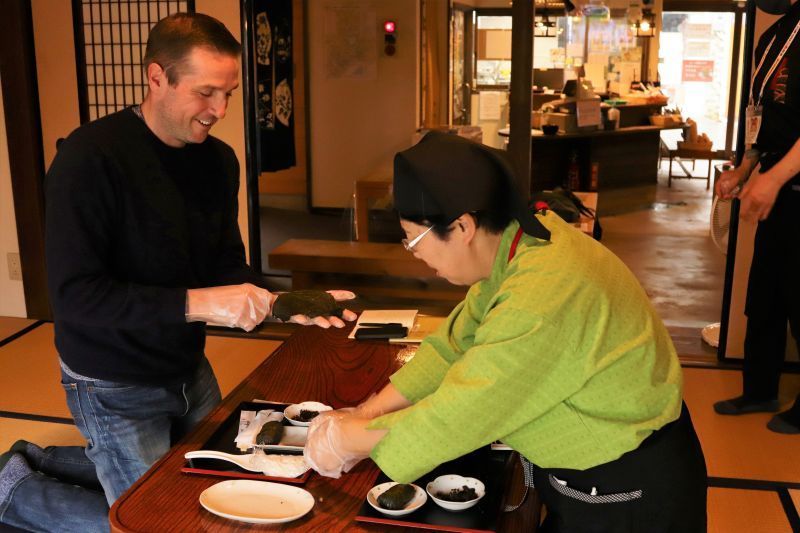
Experience one of the culinary traditions of the Kumano region by learning how to make Sanma zushi(sushi) and Mehari zushi(sushi) with local experts who will show you the hospitality that Mie Prefecture is famous for. Participants will make their sushi using locally caught fish and fresh ingredients to prepare the dishes in the same way that it has been made for generations. After you make the sushi, you will get to eat your creations and enjoy a taste of Kumano while creating memories that go beyond merely eating in a restaurant.
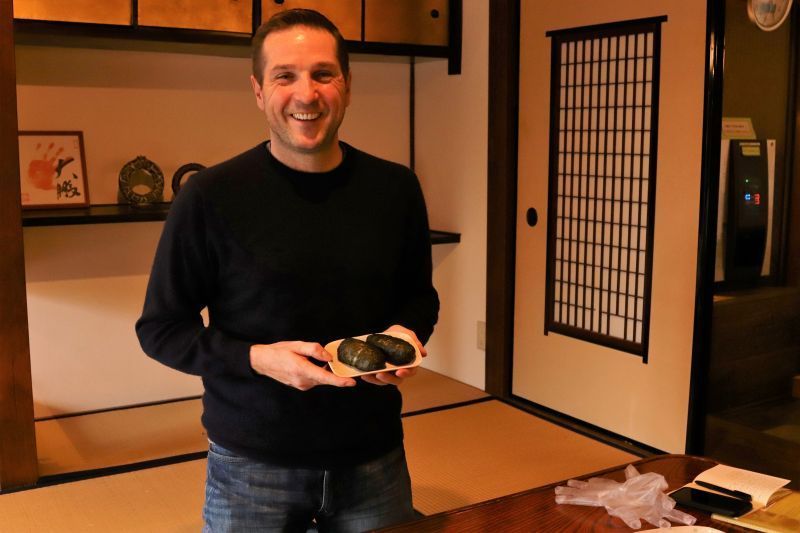
About the Author:
Trying fresh, local food and dishes has always been one of the best parts of traveling for me. When I moved to Japan, I already loved Japanese food. Then I realized that I had only scratched the surface of what this country’s cuisine has to offer. Whenever I have a chance to visit a different part of Japan, new food experiences are always on my to-do list.
Everywhere you go in Japan, there are amazing dishes that feature local ingredients and traditional methods of preparation. For me, seeking out and trying these dishes is always a highlight of any trip. This is especially true when I am somewhere on the coast and I can try a new kind of fish or a seafood dish for the first time. I didn’t eat much seafood growing up, so I am always excited to expand my knowledge and experience new flavors and textures.
I also love getting involved in the preparation of traditional dishes whenever possible. When I found out I could learn to prepare Sanma zushi and Mehari zushi and then eat what I make to finish off the experience, I knew I had to try it. I was also looking forward to spending time with some locals during the 40-60 minutes it would take to learn how to make the two kinds of Kumano-style sushi.
It was raining heavily when I arrived at Kumano Kodo Omotenashi House for my sushi making experience. Thankfully, it was only about a 7-minute walk from Kumanoshi Station (JR) to the restored former residence. The beautiful traditional building is designated as a “Tangible Cultural Property” and the exterior has lovely dark wood accents and sliding doors.
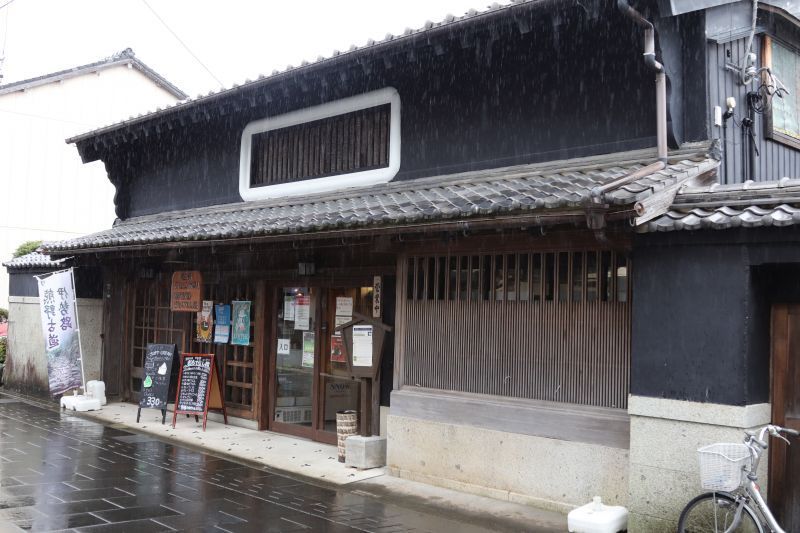
When I entered through the sliding doors, I was greeted warmly by two members of the staff who introduced themselves as Yamamoto-san and Kobayashi-san. My sushi instructor for the experience was Kobayashi-san and she led me to the traditional Japanese-style room to get started. The room we would be using was incredibly beautiful and it felt like we were going back in time as I removed my shoes and stepped onto the tatami mats.
The first dish I was going to learn how to prepare was Mehari zushi, which translates to “open eyes” sushi in English. The reason for its name is because mehari-zushi is so big that you need to open your mouth wide when eating it, which will naturally make your eyes wide open as well.In the past, Mehari zushi was often eaten by forestry workers who needed a hearty meal to satisfy their hunger brought on by logging in the mountains around Kumano.
This traditional Kumano style of rice ball (“onigiri” in Japanese) is made by combining sushi rice and chopped takana (pickled mustard leaves). The rice ball is then wrapped tightly in a large takana leaf to make a simple, flavor-packed treat. When I kneeled at the low table to get started, all of the ingredients were on a tray ready for my training to begin.
Kobayashi-san was a patient teacher and she was able to explain the main points in English as she walked me through the process. Mehari zushi is a simple dish and the key ingredient is the pickled mustard leaf. I had tried takana before, but never with the full leaf as the casing for a rice ball. Of course, there are many pickled and fermented foods used in Japanese cooking and they are usually subtler in flavor than you might expect.
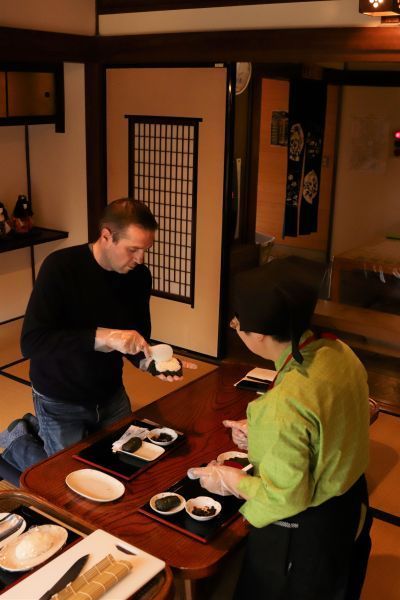
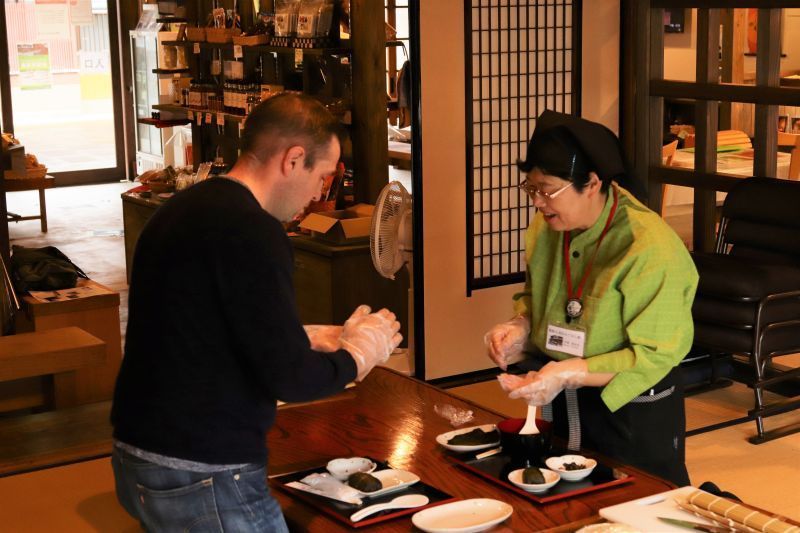
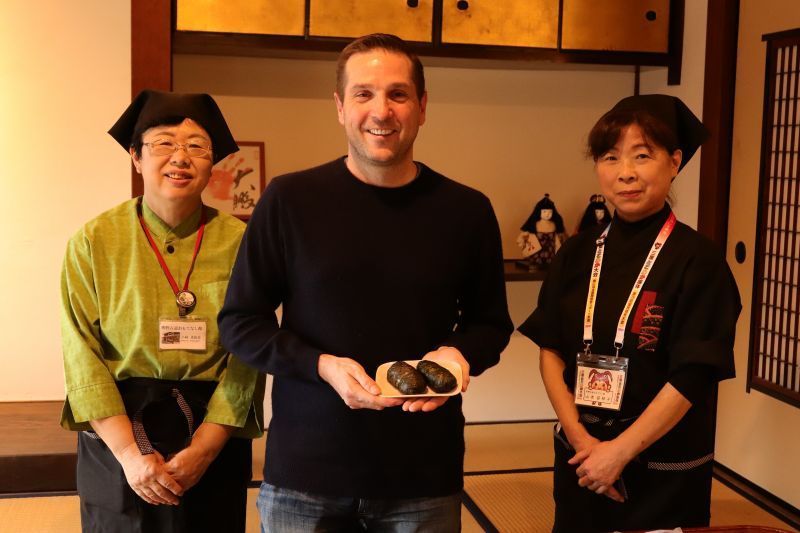
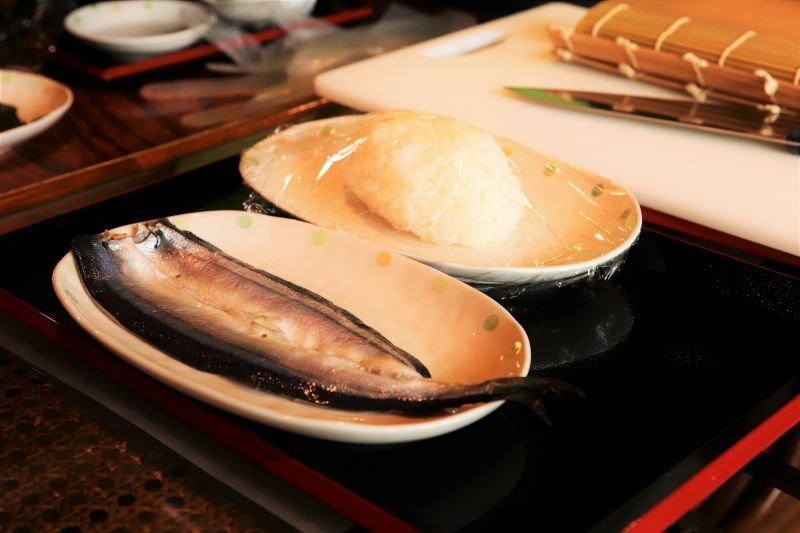
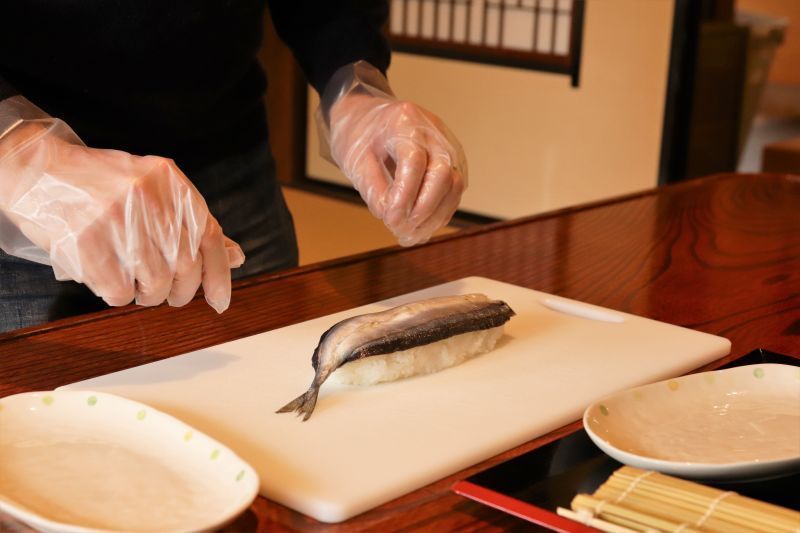
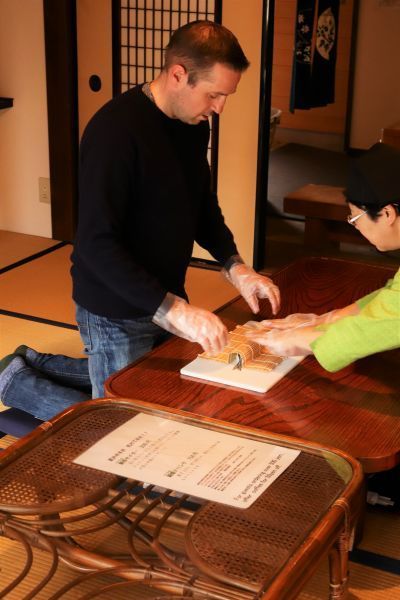
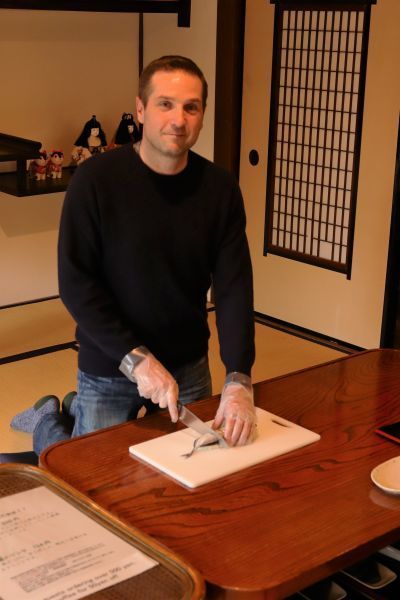


Next, I tried the Sanma zushi and it was even better than I expected. It was similar to mackerel, but it had a smoother flavor that was very nice on my palate. I finished everything I had a made and enjoyed my cup of tea with a sense of pride in my efforts. It had been a wonderful experience thanks to the hospitality of my hosts and the incredible fresh local ingredients. I would highly recommend this experience to any food lover who is looking for something more than just ordering from a menu.
For more info about Kumano Kodo Omotenashi House